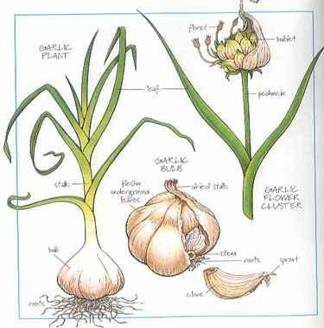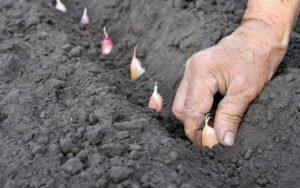Need a primer or a refresher on how to start a veggie garden? We couldn’t have laid it out any better than Sharon Hanna whose article appears in Garden Making Magazine.
With permission we’re providing you the link to some great information that we’ve vetted to ensure that it meets with the challenging growing conditions here in the Highlands.
View Sharon Hanna’s How to Plan a Vegetable Garden HERE.





